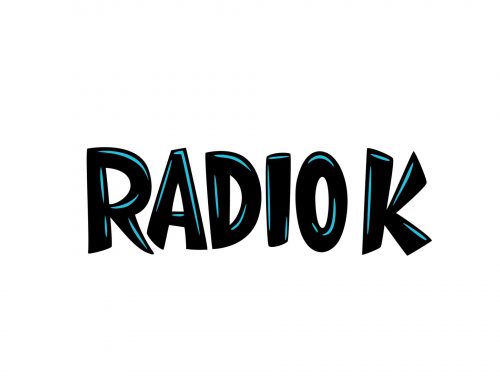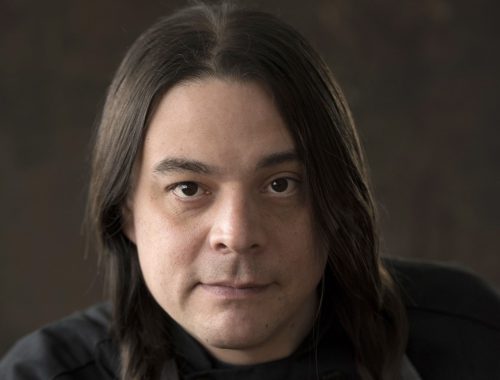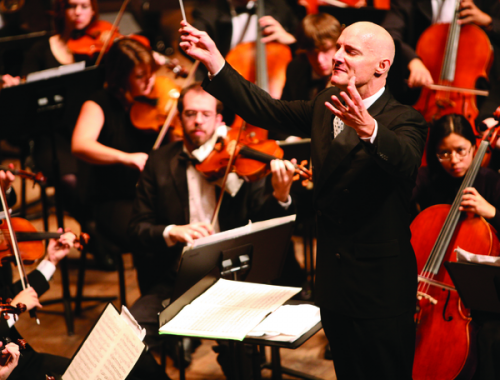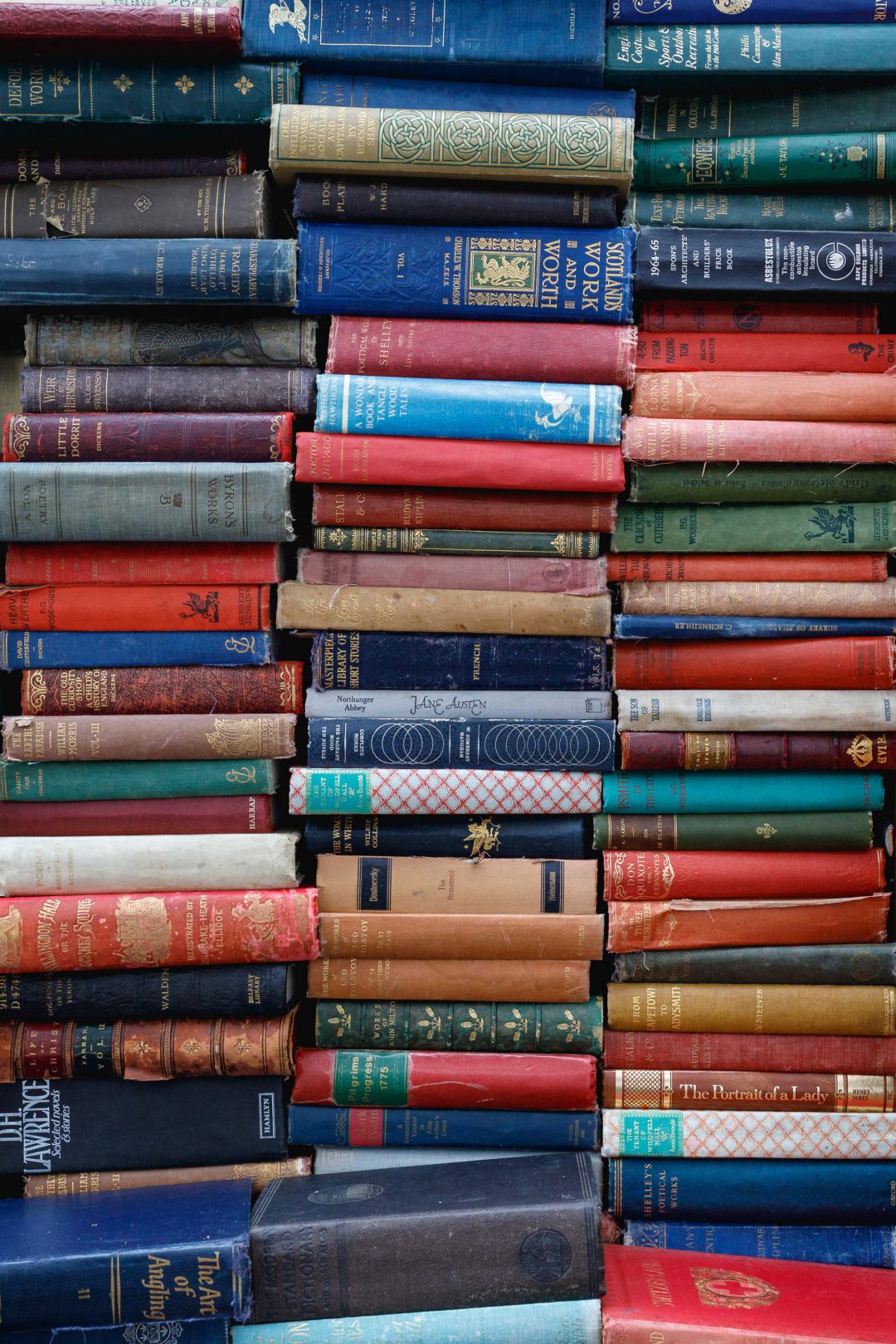
Shelf Lives
The University of Minnesota’s archives respect the past and inform the future
When Dominick Argento had to move out of his home of 50 years due to failing health, the composer donated his life’s work to the Performing Arts Archive (PAA) at the University of Minnesota’s Archives and Special Collections. After most of the compositions he wanted to contribute had already been boxed up and moved, Argento asked Kate Hujda, the assistant curator of PAA, to see if there was anything else in the house that might be of interest.
As the composer walked through his home in November, occasionally pointing out things of interest, Hujda got the sense that this visit had less to do with acquiring more material—PAA had already combed through his collection—and more to do with Argento getting closure for his life in the house and his life as a composer.
“Something that we don’t talk about a lot in the profession is the emotional labor of acquiring collections,” Hujda says. “I definitely got the vibe that I was there more to get him to his house, and it seemed to me that he was saying goodbye.”
When acquiring materials, archivists and curators of collections often work with people who are in a state of crisis. This can be because they no longer have the space for valuable literature, they’re moving, or a loved one has recently died and they’re trying to find a home for their legacy. Because of this, one of the most important functions of archives, libraries, museums and special collections is to preserve and pay respect to what people, cultures and societies value over time.
“It’s a way of saying, ‘This matters. Theater matters, poetry matters,’” says Hujda. “I think it’s a good thing to be able to say their work matters and that we’re going to preserve it for future generations.”
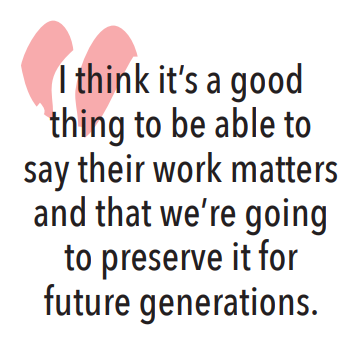
The bulk of archives and special collections at the U of M are housed in Elmer L. Andersen Library on West Bank, including PAA, the Upper Midwest Literary Archives (UMLA), the James Ford Bell Library, and the University Archives. Each collection prioritizes certain subjects; for example, PAA focuses on acquiring documents and materials from local theaters, operas, orchestras and performance artists themselves. Hujda is also the assistant curator for UMLA, which acquires and maintains manuscripts and other documents created by writers and poets from the Upper Midwest.
Each U of M archive also has different procedures for handling specific materials. The procedures for maintaining and repairing single documents in archive boxes and folders differs greatly from the procedures for maps and building diagrams, which are different from bound volumes. It’s all a matter of what’s the most practical for each archive’s materials.
Dr. Marguerite Ragnow, the curator of the James Ford Bell Library, makes it a priority to acquire materials that give scholars a more complete understanding of what the library specializes in: the history of trade and cultural exchange across the world before 1800. With every new acquisition she makes for the library—which varies from year to year based on the dealing market and the library’s funds—Ragnow hopes to expand what the public knows about historic cultural norms and practices.
“Sometimes a single document can change everything we know—or we think we know—about a particular subject,” Ragnow says. “If we find a document that says something different, that calls into question our previous understanding. It often broadens our understanding, and sometimes it changes entirely what we think we know, because what we knew was based on only a small number of documents.”
“A Campus Divided,” hosted and organized by University Archives, is an example of how archival information can still inform the present. The exhibit, which opened spring semester, documents how racism, anti-Semitism, opposition to U.S. military intervention and the fight for student rights impacted the U of M during the 1930s and the early 1940s. During this period, university administrators frequently engaged in surveillance, discriminatory policies and media influence to enforce an “America First” paradigm on campus. The popularity and power of the exhibit prompted a wider discussion among the likes of outgoing university president Eric Kaler and the Board of Regents about changing the names of several buildings on campus. None of the information presented in the exhibit was new. It was only due to the University Archives’ ability to compile the material and find value in making the exhibit that the university’s community was informed on the depth and pervasiveness of the issue. The information preserved and acquired by archives and special collections continues to shape our understanding of the past and ensures that future generations have the tools necessary to create informed change in their communities.


